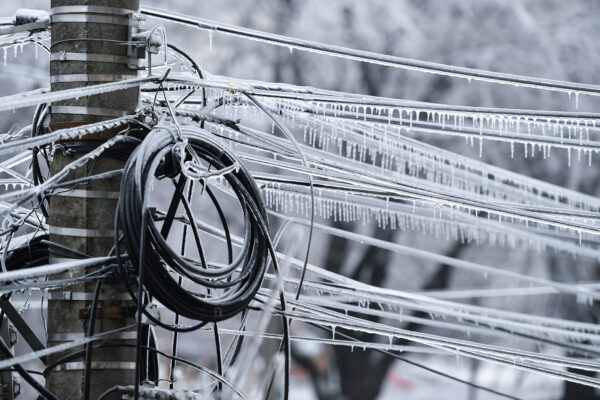The experience in Texas should be a warning to other states: If an energy-abundant, rich state that likes to invest in infrastructure can suffer a significant energy crisis, then it can happen anywhere. Overall, the nation’s infrastructure is weak — with crumbling bridges, sagging power lines and leaky pipes — and Texas serves as the canary in the coal mine that more troubles might be looming.
Texas is the world’s third-largest natural gas producer and has built more new power plants and transmission line capacity during the past 15 years than most countries did during that time. Yet, it failed.
As a state with significant portions in semi-arid climate, Texas prepares the grid for the hot afternoons of the summer. But the state experiences arctic fronts more often than Texans care to admit. All told, it was a recipe for failure. And it can happen elsewhere. In fact, extreme weather has caused significant blackouts in California because of wildfire risk in 2020, the Northeast from Hurricane Sandy in 2012, and in the Midwest from the polar vortex in 2014.
Texas’ mistakes are common to other states. The country still relies on a far-flung system of large, remote power plants that need long-haul transmission systems to bring power to market. That’s why energy planners across the country need to implement more energy storage and microgrids close to where we need them and build a more comprehensive network of underground HVDC power lines that are robust against bad weather.
More policymakers also need to incorporate climate science into their planning. We continually make the mistake of building the infrastructure of tomorrow based on yesterday’s weather. Climate science teaches us that weather events are likely to become more intense and more frequent. We should plan accordingly.
Hot climates need to winterize their systems against deep freezes with insulation, heat tracing, and enclosures to protect from the cold; and northern climates need to prepare for hotter summers by planning for larger loads from air conditioners and helping to keep ancillary equipment cool.
We need to modernize our infrastructure and avoid interdependencies. Most use a “fail in place” model with infrastructure, replacing parts after they break. But that can be a disaster when many pieces of equipment break almost simultaneously because of a statewide weather event. It’s time for policymakers at every level — city, state and federal — to update and modernize the grid by diversifying our fuel sources and integrating advanced equipment and technologies such as this noted above.
The natural gas system depends heavily on electricity, and the electricity system depends heavily on gas. In a vicious downward spiral, power constraints inhibit the ability to supply gas and vice versa. Those power outages then crippled the water sector. A more resilient system would design to avoid these cascading failures. Other states might think they are isolated from these kinds of problems, but history teaches otherwise. A power outage in Texas might mean Atlanta doesn’t get jet fuel. Iced-over roads in Ohio might mean the upper Midwest doesn’t get propane. The failures are waiting to happen, and they are everywhere.
But perhaps most importantly, we, as a country need to recognize that we are leaning on infrastructure that was mostly built many decades ago — some large hydroelectric facilities and transmission systems are from the New Deal — and it’s time to invest for the future again.
What happened in Texas can happen anywhere. Lawmakers need to use what happened here as a motivator for action so that we don’t have millions more stranded and shivering in the dark.
Michael E. Webber is the Josey Centennial Professor of Energy Resources at The University of Texas at Austin and chief science and technology officer at ENGIE, a global energy company based in Paris.
A version of this op-ed appeared in The Hill.




